Hook-billed Duck
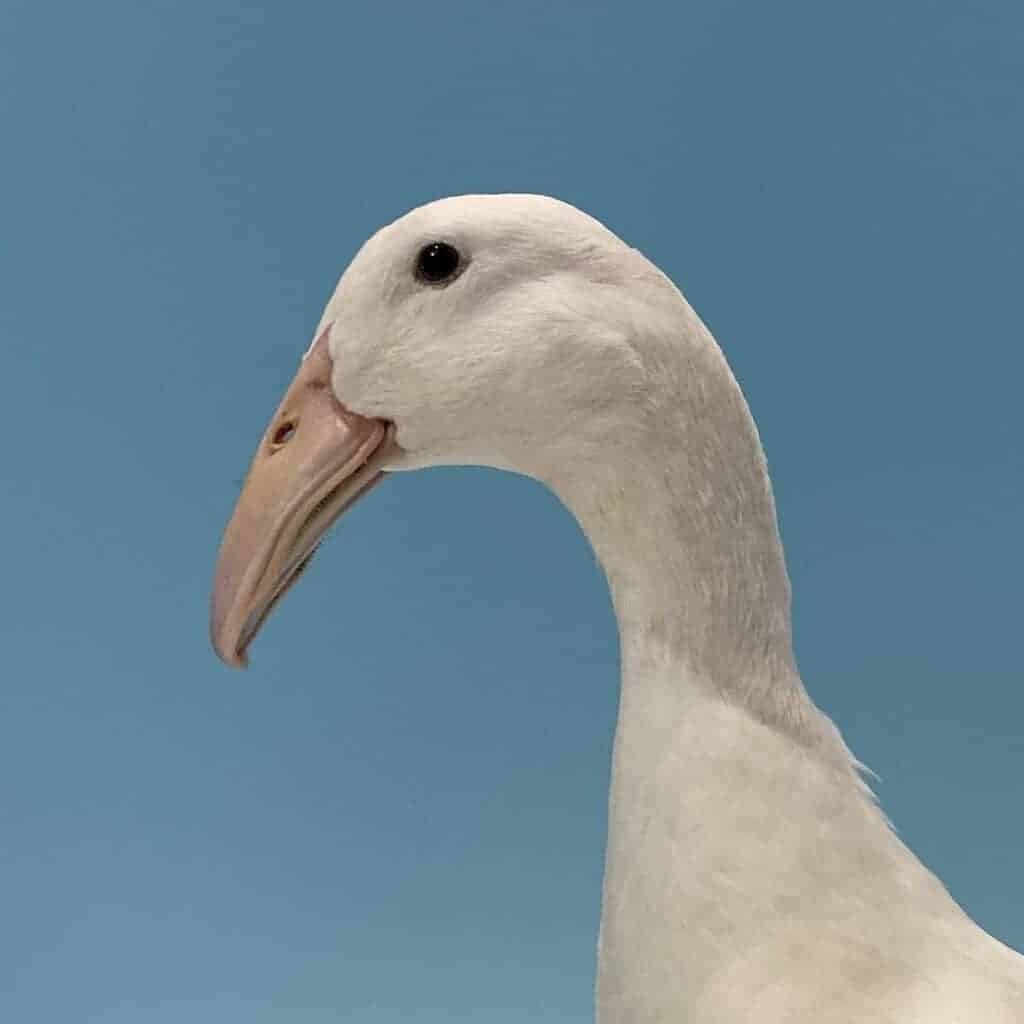
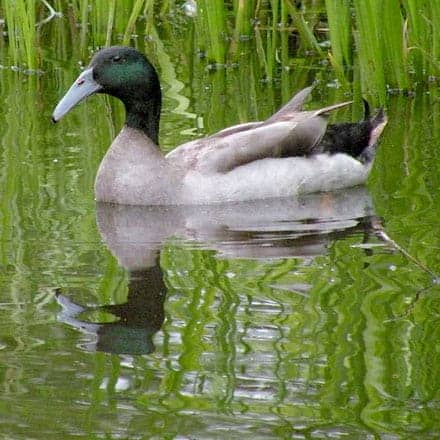
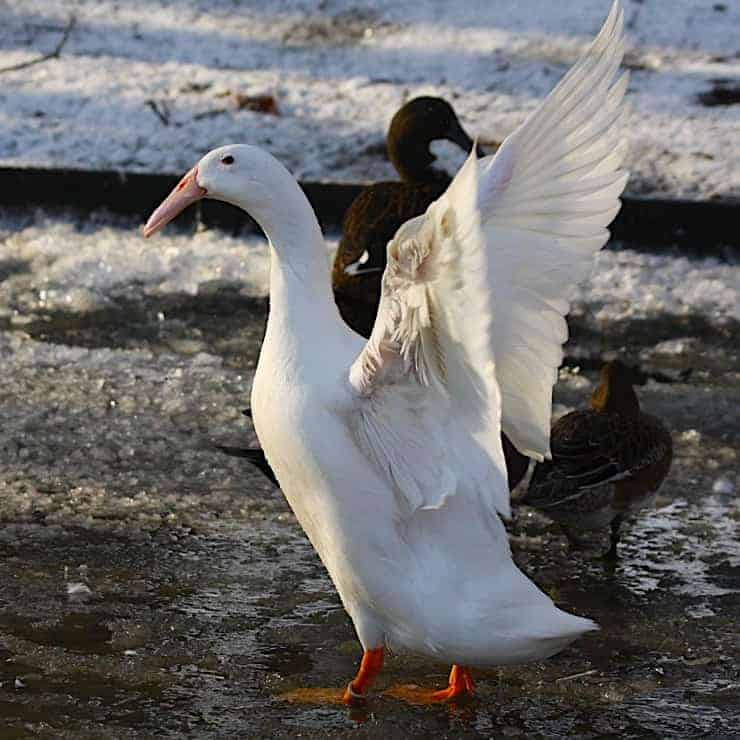
Light duck breed
Domesticated Mallard Anas platyrhynchos
A cross between a Buzzard and a Mallard? No, but the Hook-billed Duck is an oddity, for its curious down-curved bill is unique to this breed, and not found in any species of wildfowl, or other breed of domestic duck. Quite how the distinctive beak evolved is a mystery and even intrigued Charles Darwin, who is known to have kept these ducks. We do know that the Hook-billed is one of the oldest of domestic duck breeds, with records dating back to the 17th century. The book Ornithologiæ Libri Tres by Francis Willughby (1676) includes a copper engraving captioned The Hook-bill’d Duck.
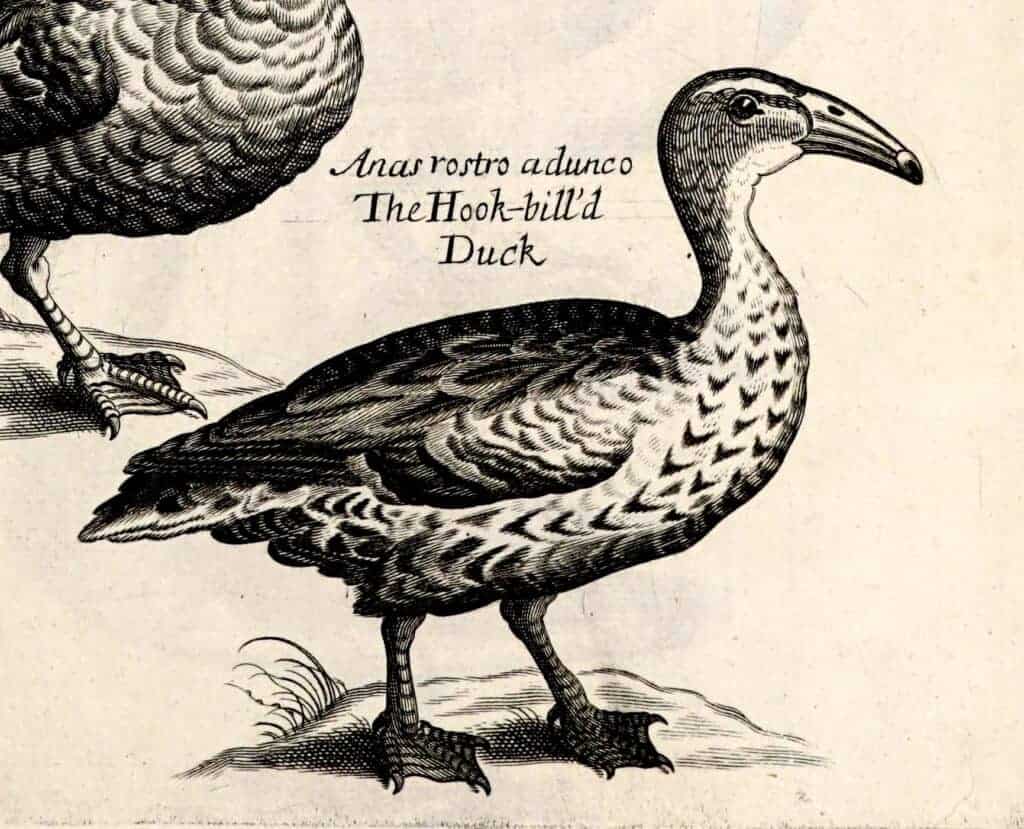
Nobody knows for certain where the Hook-billed originated. There are suggestions that it was in Asia, but it was in Holland that the breed was refined and developed.
Once valued for both its eggs and meat, the Hook-billed lost popularity when chicken eggs became more popular than those of ducks. Today, with total numbers fewer than 1000, it is regarded as critically endangered, and is on the Rare Breeds Survival Trust’s Duck Watch List.
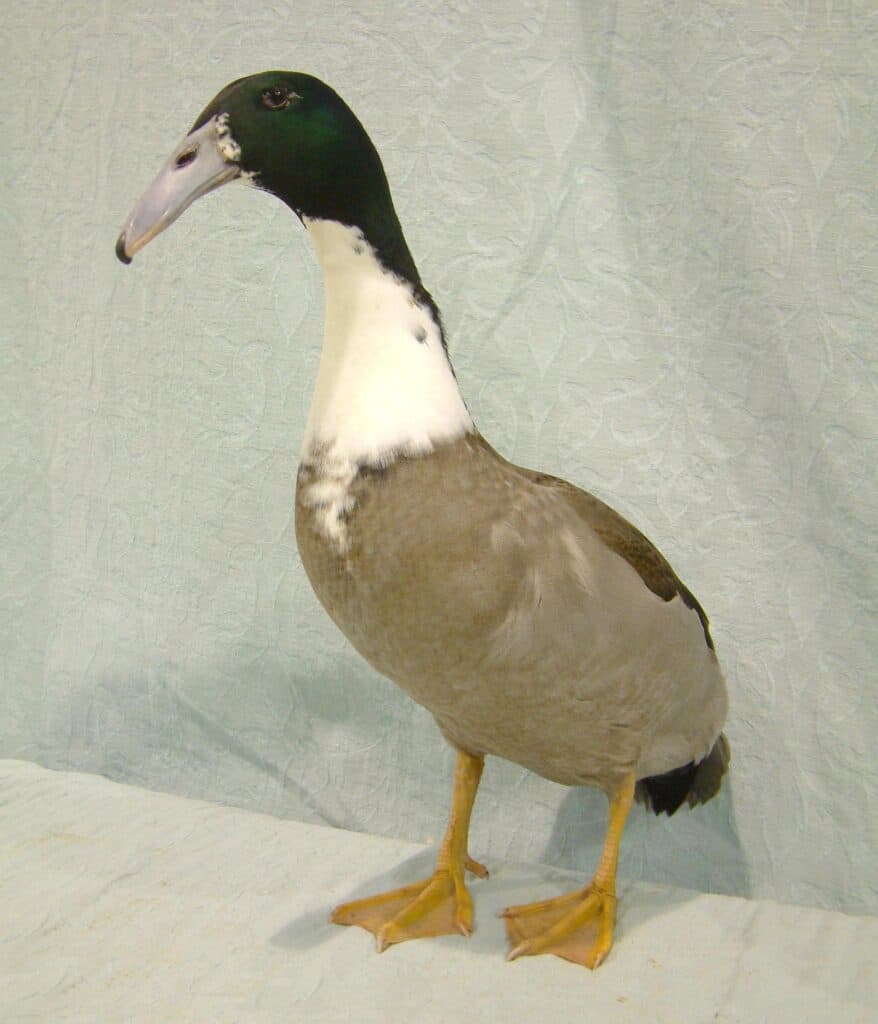
A light duck, and a good layer of blue eggs, the Hook-billed is standardised in three colours: dusky mallard, with a black head and rump with green lustre, the body grey with no white neck-ring, and a slate-grey beak, and the white-bibbed dusky mallard with a distinct white chest-bib and white-tipped wing primary feathers. There is a also a white Hook-billed, with pure white plumage, blue eyes, bright orange legs and a flesh-pink bill.
Share this page